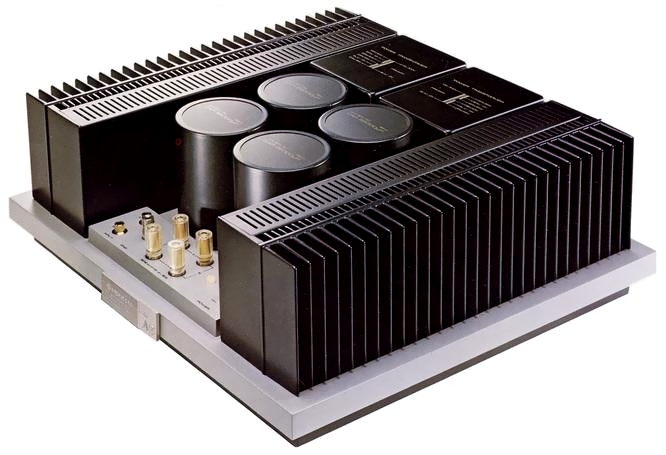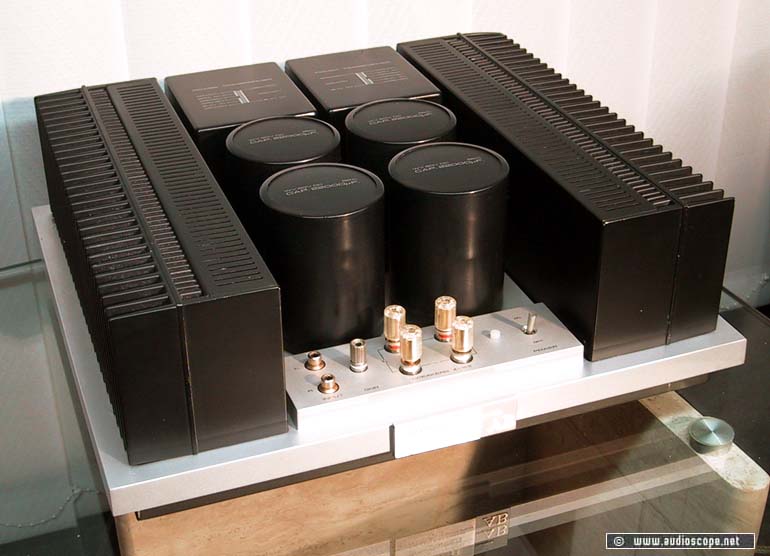Ok, I was reading Soundhounds amplifier thread and it made me curious. I started doing some searching again and found some good info on this amplifier. It is supposed to remain in class A mode until 30 watts. From I read in SH balanced/differentail amp thread, this seems very good.
So i have one of these laying around in my office.


Here is some info I found.
"M-25 Power Amplifier — In Pioneer's literature on the M-22, they state that the M-22 would be capable of 150 watts per channel if it was configured as a class B amplifier. The M-25 is the result of engineers running that experiment. But since class B amplifiers have crossover and notch distortion, plus have a hard time delivering large transients, the M-25 was designed to run in class-A mode at lower power levels, and automatically switch to class-AB operation as power demands increased. To provide large current transients, Pioneer invented a whole new type of transistor called the Ring Emitter Transistor, where many low power transistors were etched into the silicon die and ran in parallel. To top it off, the M-25 was the first component that I saw in person that had gold-plated connectors to ensure years of noise-free connections. The M-25 was rated at 120 watts per channel with no more than 0.008% distortion. Retail price $1200. "
I have had it for several years and never did anything with it. I have thought about putting it upstairs and running my Klipsch mains off of it. But, I recall reading somewhere that if one of these amps had been sitting around for a long time you should have it checked out before hooking it up to any speakers otherwise it could cause damage.
Soundhound, IG, or any others, do you have any ideas. The info that is out on the net about this amp makes it seem like a beast. What do i do?
So i have one of these laying around in my office.

Here is some info I found.
"M-25 Power Amplifier — In Pioneer's literature on the M-22, they state that the M-22 would be capable of 150 watts per channel if it was configured as a class B amplifier. The M-25 is the result of engineers running that experiment. But since class B amplifiers have crossover and notch distortion, plus have a hard time delivering large transients, the M-25 was designed to run in class-A mode at lower power levels, and automatically switch to class-AB operation as power demands increased. To provide large current transients, Pioneer invented a whole new type of transistor called the Ring Emitter Transistor, where many low power transistors were etched into the silicon die and ran in parallel. To top it off, the M-25 was the first component that I saw in person that had gold-plated connectors to ensure years of noise-free connections. The M-25 was rated at 120 watts per channel with no more than 0.008% distortion. Retail price $1200. "
I have had it for several years and never did anything with it. I have thought about putting it upstairs and running my Klipsch mains off of it. But, I recall reading somewhere that if one of these amps had been sitting around for a long time you should have it checked out before hooking it up to any speakers otherwise it could cause damage.
Soundhound, IG, or any others, do you have any ideas. The info that is out on the net about this amp makes it seem like a beast. What do i do?


